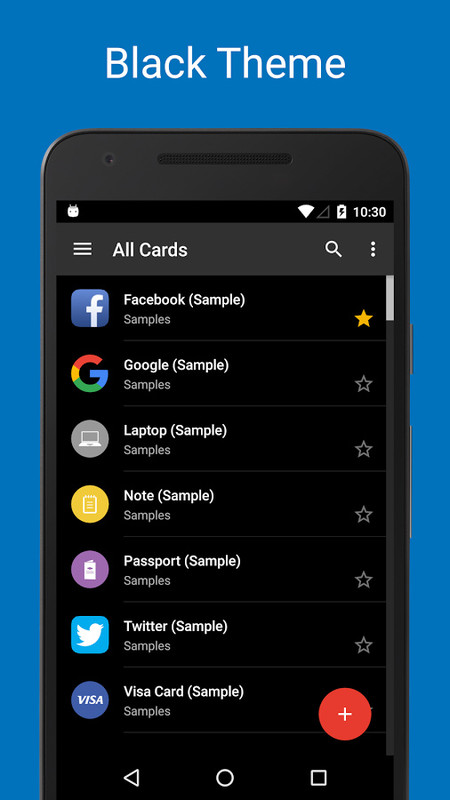This is a guide on how to install the desktop synchronisation client for OwnCloud.
Step 1: Download OwnCloud
Owncloud Windows App
First of all, you need to visit the OwnCloud website. Scroll down until you see the option to download the desktop client for MacOS as seen below.
Click ‘Download’ and wait for the file to download.
Step 2: Installing OwnCloud
Now you need to find the .dmg installer file. It will usually be in your dock at the bottom of your desktop or on your desktop itself. If it is in neither of these places, open finder and look in your “Downloads” folder.
Open the install client for OwnCloud
Owncloud Client
The installation wizard takes you step-by-step through configuration options and account setup. Click ‘Continue’ and proceed on to the next step.
Steps to reproduce Upgrade to High Sierra Start owncloud via applications/owncloud Upgrade (and or remove existing owncload and replace with 2.3.4 or 2.4 (beta) Any diagonostic advice will be taken. I can't find any logs other than a dmp. The ownCloud macOS client software allows you to set up bi-directional file synchronisation between the Edinburgh DataSync service and a particular folder on the local Mac. Download To download the client, navigate to the following URL and, under the 'ownCloud desktop client' section in the Table of contents, click on the 'Mac OS' link for the.
Choose the destination you wish to install OwnCloud to and click ‘Continue’ then on the next page click ‘Install’ and you have successfully installed the application.
Desktop App Integrate your ownCloud into your file manager to make work more efficient, whether in Finder, Explorer or something else. The ownCloud Testpilot desktop client can be installed in parallel to your production client without touching your production data. This is ideal for testing purposes of new versions or features. Go to stable desktop app. See the changelog. Remote shooting (tethered shooting) using live view and RAW development can be performed. Production possible with Sony cameras using functions such as time-lapse video creation using interval shooting of still images (RAW/JPEG) and pixel shift multi-shooting. Owncloud also makes sync clients that let you run a desktop client that pushes data to your site or a mobile client to access the data. The desktop sync clients are here and iOS is here. Note: When we clicked the advanced tab you noticed that you had a choice of DB.
Step 3: Setting up the application
Go to Launchpad and find the ownCloud application.
You will then need to enter your server address to access all of your files.
On the next screen enter your ownCloud login and password.
Now you can select which folders and files to sync, and the location of your ownCloud folder.
Click ‘Connect…’ and all of your files will sync and you have successfully installed and setup the desktop client for ownCloud.
Was this article helpful?
Related Articles

Bitnami native installers include a graphical tool to manage services. This tool is named manager-osx on Mac OS X and is located in the installation directory. To use this tool, double-click the file and then use the graphical interface to start, stop or restart services. Server log messages can be checked in the “Server Events” tab.
The native installer also includes a command-line script to start, stop and restart applications, named ctlscript.sh. This script can be found in the installation directory and accepts the options start, stop, restart, and status. To use it, log in to the server console and execute it following the examples below:
Call it without any service names to start all services:
Use it to restart a specific service only by passing the service name as argument - for example, mysql or apache:
Obtain current status of all services:
The list of available services varies depending on the required components for each application.
Owncloud Desktop Download
NOTE: If you are using the stack manager for Mac OS X-VM, please check the following blog post to learn how to manage services from its graphical tool.